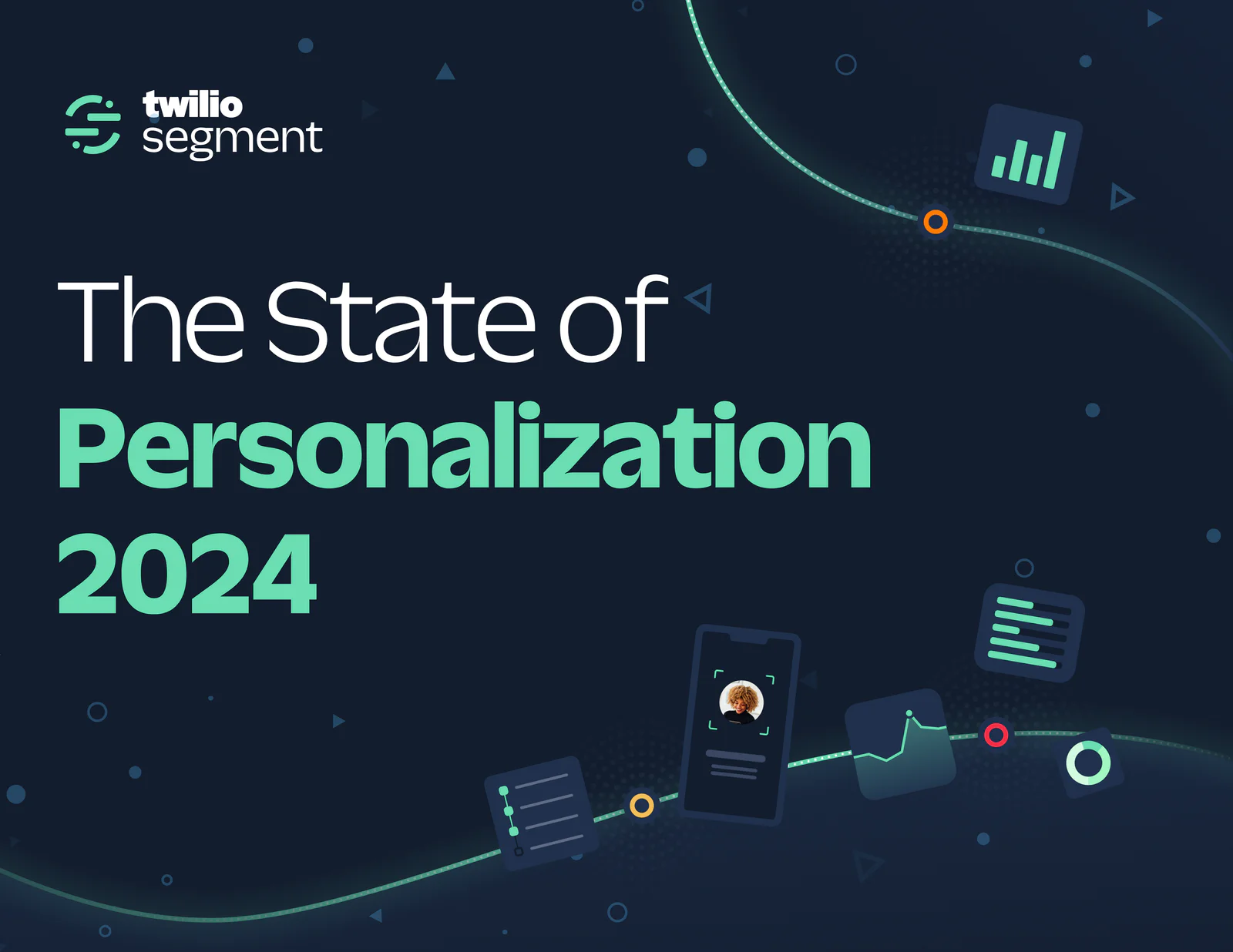Introducing the Data Graph Visual Builder
We're excited to launch the Data Graph Visual Builder, a new, no-code interface for creating and managing your Data Graph. This intuitive, point-and-click experience is now the default way to edit your graph, designed to dramatically accelerate setup and empower a broader set of users to model their data.
With the visual builder, you can now:
Add Entities with a Click: Forget resource blocks from your data team. Simply select a table from your warehouse, assign a primary key, and name your entity, all from a simple, guided interface.
Define Relationships Visually: See your Data Graph come to life. You can now visually map relationships between entities by drawing connections between them, defining join keys using simple dropdowns.
Move Faster, with Guardrails: The visual builder is designed to prevent common syntax errors, ensuring that the relationships you define are valid from the start. This helps you build with confidence and speed.
Why It Matters: Speed and Accessibility
This isn't just a new coat of paint; it's a fundamental improvement designed to address key challenges and deliver immediate value.
Accelerate Time-to-Value: The visual builder provides an easy way to set up and modify your Data Graph in minutes, not days. Ultimately, helping you launch campaigns faster.
Empower More Users: The no-code interface makes the Data Graph accessible to a wider range of users outside of data teams, including technical marketers. Now, the teams closest to the campaigns can model the data they need without waiting for engineering resources.
Improve Data Governance: By simplifying the process, we make it easier to maintain a clean and accurate Data Graph. We've also added a new description field for entities and relationships, so you can document your graph's structure right alongside where you create and edit it.
The Power of Choice: Visual Builder and Code Editor
We believe in providing flexibility. The new visual builder is the default, but we are not removing the code-based editor.
Power users who prefer to work directly with configuration code, or teams who need to store their graph's configuration in a version control system like Git, can seamlessly toggle to the HCL editor at any time. The two experiences are kept in sync: changes made in the visual builder will instantly be reflected in the code once it’s been saved. This gives you the best of both worlds: the speed and simplicity of a visual UI, and the power and control of code.
